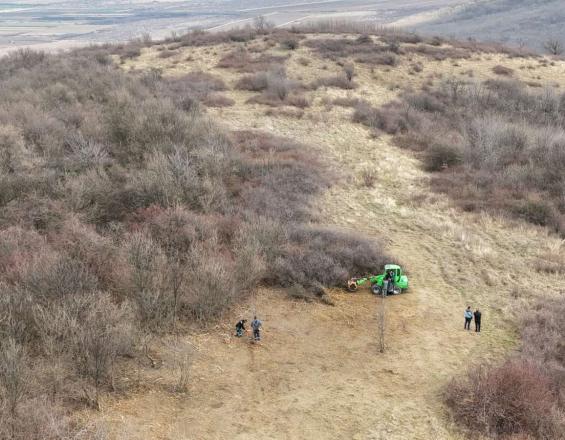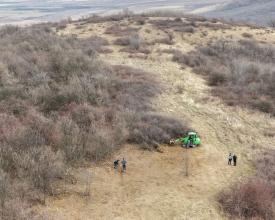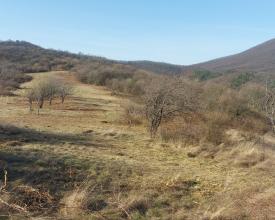
Revitalization of pastures in the Vršac Mountains

The project's main goal was to restore 10 hectares of meadow and steppe habitat within the protected area Landscape of Exceptional Features "Vršac Mountains" in Northeastern Serbia. The absence of extensive grazing had led to the degradation of once-vibrant meadow and steppe ecosystems. This decline in meadow habitat through ecological succession is threatening the populations of local fauna and flora. The project successfully removed invasive plants and established conditions for the subsequent scale-up initiatives of bringing back extensive grazing to this area. The project also created two freshwater ponds with minimal interventions in the field, for the purpose of ensuring the presence of water in critical periods for amphibian reproduction and at the same time providing watering holes for local wildlife. The applied active protective measures are regularly monitored by the protected area manager and nature guards.
Impacts
The project successfully restored approximately 10 hectares of the grassland habitat within the project site, with an indirect impact extending over a wider area of 4,408 hectares. As a result of the project, the steppe habitats on the Vršac Mountains, which contain many rare plant species such as Mountain saxifrage, Saffron, Pannonian motherwort, several species of wild garlic, and orchids, have been revitalized. These habitats are also essential for various species of insects, amphibians, reptiles, birds, and small mammals. while many birds use it for nesting. Birds of prey, like the Lesser spotted eagle and the Eastern imperial eagle, now have improved hunting grounds. Suitable habitat conditions have been created for the potential repopulation of the area with the European ground squirrel. Additionally, large herbivores such as deer and roe deer have benefitted from the project.
The re-establishment and stabilization of water bodies shall primarily positively affect the conservation and increase the population size of endangered amphibian species (Salamandra salamandra, Lissotriton vulgaris, Triturus cristatus, Triturus dobrogicus, Hyla arborea, Bombina bombina, Bufo bufo, Pseudepidalea viridis, Pelobates fuscus, Rana temporaria, Pelophylax еsculentus, Pelophylax lessonae, Pelophylax ridibundus and Rana dalmatina.








